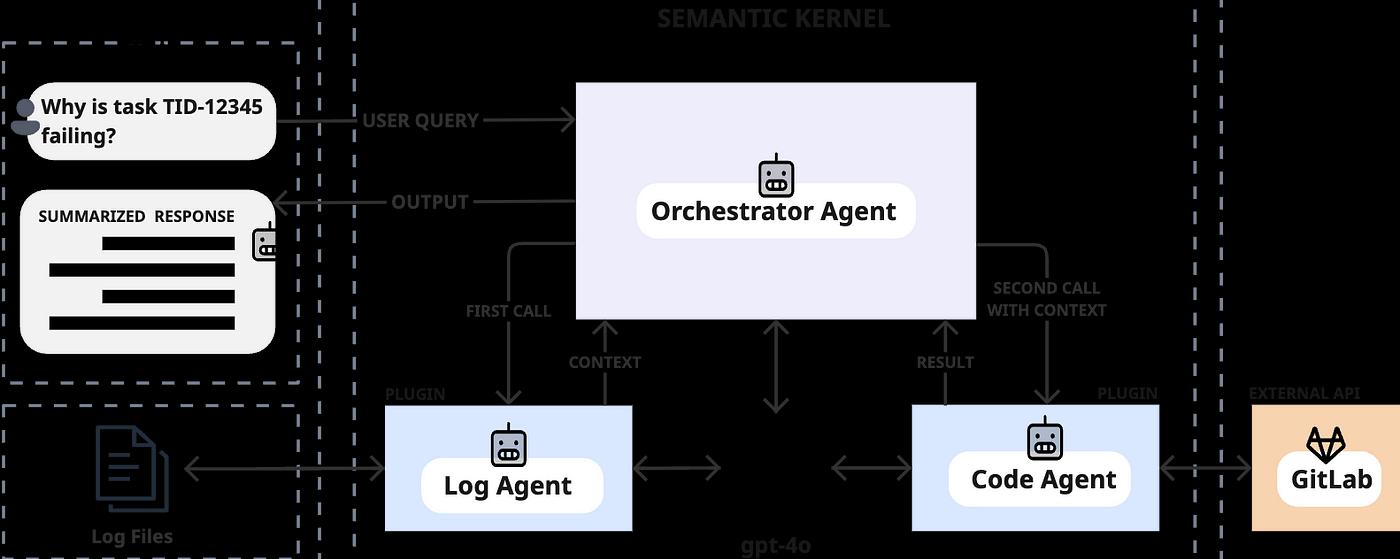 Image Source: Towards Ai
Image Source: Towards Ai
Key Highlights
A new age of operational intelligence is about to dawn with scalable multi-agent AI systems being rolled out by businesses to solve dynamic, complicated business problems. With cooperative, domain-specific, and event-driven architecture, these systems are revolutionizing the way companies sense, analyze, and respond to real-time operational information.
What is Unique in Multi-Agent AI Systems?
Multi-agent systems consist of several autonomous AI agents that each have the responsibility of performing tasks such as log analysis, code scanning, database querying, and automated incident response.
Half-autonomous agents operate, talking to and collaborating with each other to overcome problems that single-agent or monolithic solutions cannot solve as efficiently.
The modularity of the systems also facilitates simplicity of scaling—new agents can be added or old agents reconfigured without impacting the structure.
Building Blocks of Scalability
Domain-Driven Design (DDD): By mapping agent roles and system boundaries to business domains, DDD makes each agent's logic more closely follow actual processes and thus makes the system flexible and maintainable.
Event Storming: Domain experts work together in collaborative workshops that identify key business events and agent interactions, creating a shared understanding and solid foundation for system design.
Distributed Computing: Cloud-native applications, container orchestration (e.g., Kubernetes), and event-driven messaging (e.g., Kafka or MQTT) enable effective communication between agents and horizontal scaling.
Operational Advantages
Enhanced Resilience: When one agent fails, other agents replace it, ensuring continuity and fault tolerance.
Real-Time Adaptation: Agents can handle real-time streams of data and change strategies in real time, enhancing situational awareness and decision-making.
Specialized intelligence: Each agent brings subject matter expertise—cybersecurity, logistics, or IT operations, for example—to enable high-level, context-informed responses.
Best Practices for Achievement
Define clearly delineated agent roles and communication protocols to avoid duplication and enable efficient coordination.
Continuous system performance monitoring and adaptation of resource allocation to varying workloads.
Security foremost, with robust authentication and secure communication among agents. Test extensively, including chaos engineering, to ensure fault tolerance and resilience.
With multi-agent AI systems being at the forefront of operational intelligence, business organizations are given agility, scalability, and insight to excel in dynamic environments.
Sources: DZone, LinkedIn, Tenupsoft, Daffodil Software, Towards AI, OpenExO
Advertisement
STORIES YOU MAY LIKE
 Image Source: Hindustan
Image Source: Hindustan
 Image Source: OneIndia
Image Source: OneIndia
Advertisement


